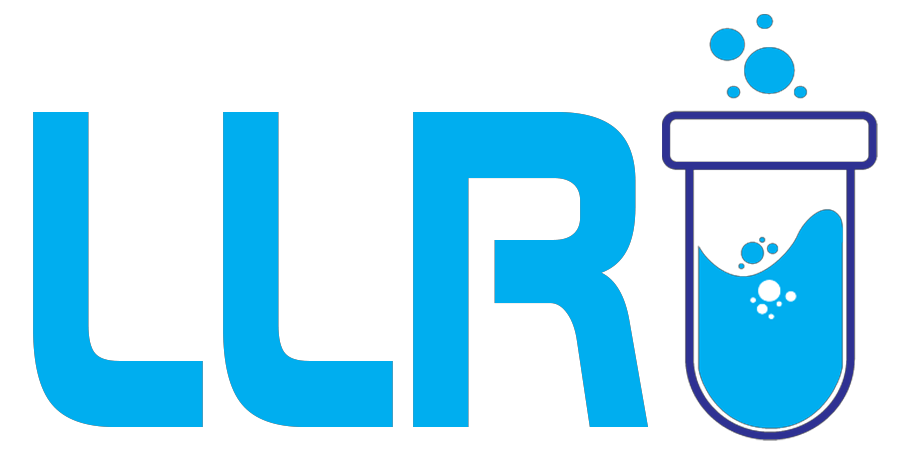CTA in Clinical Research: When we think of clinical trials, most people picture labs, scientists, and maybe even a few test tubes. But very few realise that one of the most important steps in running a clinical trial doesn’t happen in the lab at all, it happens on paper. Enter the CTA in clinical research, or Clinical Trial Agreement, a document that can make or break how a trial is conducted.
Before a single patient is enrolled, a Clinical Trial Agreement must be signed between the sponsor (like a pharma company), the clinical site (like a hospital), and the principal investigator (the doctor leading the study). This agreement sets the rules: who does what, who pays what, how the data will be used, and what happens if things go sideways.
Table of Contents
In an industry driven by tight regulations, big investments, and patient safety, the CTA isn’t just legal jargon – it’s the backbone of trial operations.
In this blog, we’ll break down everything you need to know about the CTA in clinical research, what it is, its full form, why it matters, who signs it, and how it’s structured. We’ll also cover the types of clinical trial agreements, the clinical trial agreement checklist, and how mastering these concepts through professional training at Learning Labb Research Institute (LLRI) can open the door to a successful career in clinical research.
If you’re planning to step into the world of clinical trials, this is where your foundation begins.

What is CTA in Clinical Research?
CTA full form in clinical research is Clinical Trial Agreement. It’s a legal document signed between three key players:
- The sponsor – usually a pharmaceutical company or biotech firm that funds the trial.
- The research institution or site – like a hospital or clinical research centre where the study will take place.
- The investigator – the lead doctor or scientist responsible for carrying out the trial.
Now, you might wonder, “What is a CTA in clinical research, and why does everyone keep talking about it?”
The answer is simple: it governs everything that happens during the trial from a legal and operational standpoint.
The CTA is like the contract before building a house it outlines what each party will do, how they’ll do it, and what happens if things go wrong.
Why is CTA Needed in Clinical Research?
Clinical trials involve human lives, huge investments, and sensitive data. One small misstep can lead to lawsuits, data loss, or worse, patient harm.
That’s why a CTA in clinical research is essential. It defines responsibilities clearly and sets expectations from day one.
Here’s what a CTA usually covers:
- Scope of work: What’s the study about? What tasks are expected?
- Budget and payments: Who pays for what? When is the money released?
- Timelines: When does the trial begin and end?
- Insurance and liability: Who’s responsible if something goes wrong?
- Publication rights: Who owns the study results?
- Confidentiality: How will patient data and research findings be protected?
The Role of CTA in Clinical Research
Let’s explore the role of CTA in clinical research into simple functions:
1. Defines Legal Responsibility
Each stakeholder, be it the sponsor, investigator, or research site has different responsibilities. The CTA helps clearly divide legal and ethical responsibilities.
2. Outlines Financial Agreements
This includes investigator fees, site compensation, patient visit reimbursements, etc. Transparency here helps avoid future financial disputes.
3. Protects Intellectual Property
A new drug or treatment could generate millions in future profits. The CTA defines who owns what.
4. Manages Confidentiality
A lot of clinical research is confidential. The CTA ensures that sensitive information isn’t leaked or misused.
5. Reduces Risk
If a participant experiences side effects or if the trial goes wrong, the CTA provides a legal cushion for all parties.

Types of Clinical Trial Agreements
Learning about the types of clinical trial agreements can help you know which one applies in different situations.
1. Site Agreement
Between the sponsor and the research site. Covers timelines, costs, responsibilities.
2. Confidentiality Agreement (CDA or NDA)
Signed before the CTA. Ensures that shared protocol or data remains confidential.
3. Material Transfer Agreement (MTA)
Used when sending samples (like blood, tissues, etc.) between institutions.
4. Investigator Agreement
Between the sponsor and the investigator. Mentions PI responsibilities and expectations.
5. Collaborative Research Agreement
Used when multiple institutions or countries are involved in a trial.
Each of these falls under the wider category of clinical trial agreement in clinical research and has a specific function.
Clinical Trial Agreement Checklist
Here’s a useful clinical trial agreement checklist that every new researcher or site coordinator should understand:
- Names of all parties involved
- Trial title and protocol number
- Budget and payment structure
- Insurance and indemnity clauses
- Terms of confidentiality
- Subject injury clause
- Termination conditions
- Dispute resolution mechanism
- Governing law (which country’s law applies)
- Signatures from sponsor, site, and investigator
Interview tip: Memorise this checklist if you’re preparing for job interviews or taking a clinical research course.
CTA in Clinical Research: How Is It in India?
In India, clinical trial agreements must also align with national regulatory frameworks:
- Indian Council of Medical Research (ICMR) Guidelines
- Drugs and Cosmetics Act, 1940
- Good Clinical Practice (GCP) Guidelines
- Ethics Committee Approval Requirements
Institutions in India often have internal legal teams to negotiate these terms with international sponsors. This is why clinical research professionals in India are expected to be well-versed with both local and international guidelines.
Want to Learn CTA Drafting? Join LLRI
Mastering CTA-related tasks can give you a real edge in the job market. If you’re aiming to get into the field, formal training is a wise investment.
Why choose Learning Labb Research Institute (LLRI)?
- Affordable clinical research course fees
- Recognised as one of the best institutes for PG Diploma in Clinical Research
- Hands-on modules in GCP, pharmacovigilance, ethics, and site management
- Placement support and internship opportunities
LLRI’s program is perfect for graduates from pharmacy, life sciences, and nursing backgrounds who want practical, industry-ready training. Check it out here: LLRI Courses

Mini Case Study
Scenario: A pharmaceutical company wants to conduct a clinical trial for a new hypertension drug at a top private hospital in Bengaluru.
Steps involved:
- The sponsor shares a draft CTA with the hospital’s legal department.
- The hospital reviews clauses related to indemnity, timelines, and payments.
- The principal investigator reviews protocol alignment and staffing feasibility.
- Both parties negotiate terms, make amendments, and finalise the agreement.
- The signed CTA is submitted for ethics committee review and archived.
Without this agreement, the hospital cannot legally begin the trial.
Time for a self-test!
To make this blog more interactive, answer these questions:
- Can I list at least 5 components of a CTA?
- What’s the difference between a CDA and a Site Agreement?
- Who negotiates a CTA in a hospital setting?
- What happens if the CTA doesn’t include a publication clause?
If you’re unsure about these answers, it’s time to explore a clinical research training program like the one at LLRI.
On A Final Note…
If you’re planning a career in research, understanding the CTA in clinical research is non-negotiable. It’s not just about law, it’s about the safety of patients, transparency in payments, and smooth running of trials.
By learning about the clinical trial agreement in clinical research, you increase your value as a professional. Whether you’re just starting out or aiming for a project management role, knowledge of CTA drafting, reviewing, and negotiation is essential.
And if you’re wondering where to begin, look no further than Learning Labb Research Institute (LLRI), a trusted name for hands-on clinical research training in India. With affordable clinical research course fees, internship opportunities, and industry-ready modules, it’s your stepping stone into the world of trials and regulations.
Frequently Asked Questions (FAQs)
What is CTA in clinical research?
CTA stands for Clinical Trial Agreement, a contract that outlines responsibilities, timelines, and legal terms between the sponsor, site, and investigator.
What is the CTA full form in clinical research?
CTA full form is Clinical Trial Agreement.
What are the types of clinical trial agreements?
Site agreements, Confidentiality Agreements (CDAs), Investigator Agreements, Material Transfer Agreements (MTAs), and Collaborative Research Agreements.
Can I learn CTA drafting in a clinical research course?
Yes. Institutes like Learning Labb Research Institute (LLRI) offer modules on CTA drafting, review, and negotiation.
What is the role of CTA in clinical research?
It sets the legal and operational groundwork for how a clinical trial will be conducted, including financial, ethical, and logistical elements.

